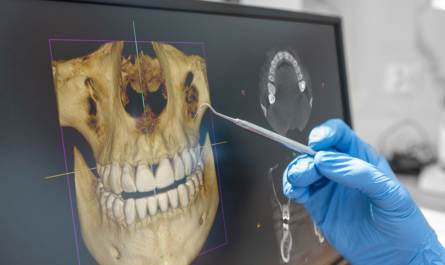Best practices for sterility call for proper instrument processing and monitoring.
Now more than ever, the commitment to infection prevention is key to every practice’s success. Patients trust and expect delivery of dental care to be safe. Instrument processing, treatment room cleaning and disinfection usually occur out of the sight of patients. It is in these moments, however, that clinicians must remain diligent in ensuring adherence to sterility assurance protocol.
Best practices for sterility assurance include a combination of physical, chemical and biological monitoring:
- Physical monitoring refers to the information provided on the gauges, printout or LED of a sterilizer and identifies sterilization parameters throughout the duration of a cycle.
- Chemical monitoring requires the utilization of chemical indicators designed to monitor specific parameters occurring during the sterilization cycle.
- Biological monitoring is the gold standard for sterilizer performance testing as it contains viable, highly resistant spores.
Chemical monitoring
The most basic external chemical indicator is a Class 1 single-parameter process indicator, such as indicator tape or specialized ink markings printed on pouches or labels. These external indicators are temperature-sensitive only and provide a definitive color change when exposed to heat. They are designed to enable staff to separate processed instruments from unprocessed by the color of the indicator. External indicators do not indicate or assure sterility.
The guidelines issued by the Centers for Disease Control and Prevention (CDC) recommend internal chemical indicators should be used inside each package to ensure the sterilizing agent has penetrated the packaging material and actually reached the instruments inside. A Class 3 single-parameter internal indicator produces a definitive color change when exposed to only one sterilization parameter (e.g. time or temperature). Multi-parameter internal indicators are designed to react to two or more parameters (e.g. time and temperature; or time, temperature and the presence of steam) and can provide a more reliable indication that sterilization conditions have been met. Pouches usually come with a printed external indicator, but not all pouches offer built-in internal indicators, requiring an additional step and cost to physically add an internal indicator strip.
Class 5 integrating indicators as classified by the Association for the Advancement of Medical Instrumentation (AAMI) and the International Standards Organization (ISO) contain a steam-sensitive material that sequentially moves across the strip into a safe zone indicating all parameters of steam sterilization (time, temperature, steam) have been met. The benefit of using Class 5 indicators is the ability to provide a distinct pass/fail result offering the confidence of sterility while awaiting biological testing results. Class 5 indicators closely mimic biological monitoring but do not replace the need for weekly biological testing.
Biological monitoring
A passing result on a biological monitoring test assures that all sterilization parameters have been met. In the United States, at least weekly biological monitoring is recommended by the CDC. Biological testing products are available as either mail-in services (that provide 3rd party testing verification) or in-office testing.
Dental offices should review their infection prevention protocol and all associated procedures to ensure they are compliant with guidelines in order to ensure safety for their practice, patients and their staff.
Editor’s note: Efficiency in Group Practice would like to thank Crosstex for its contribution.





